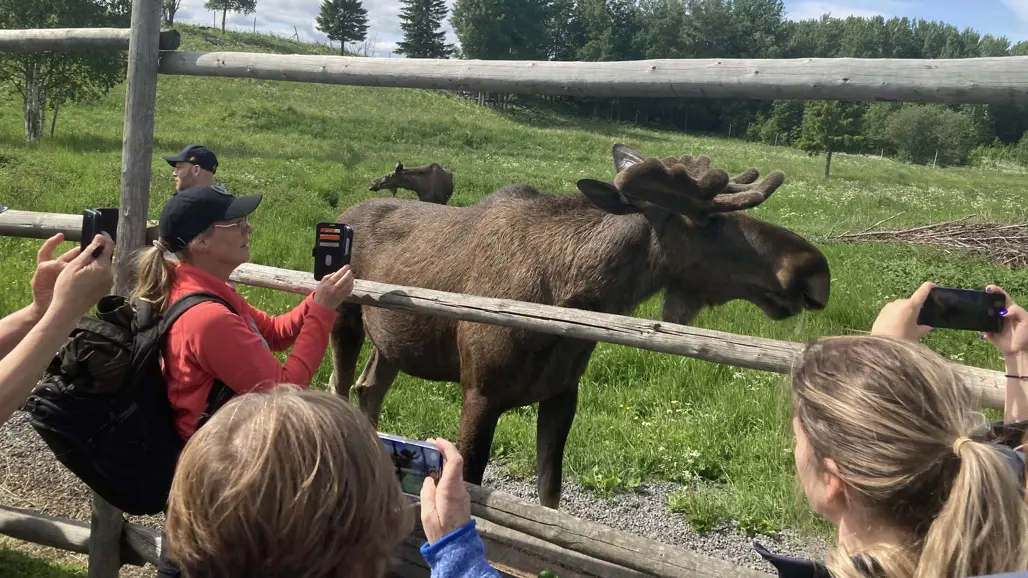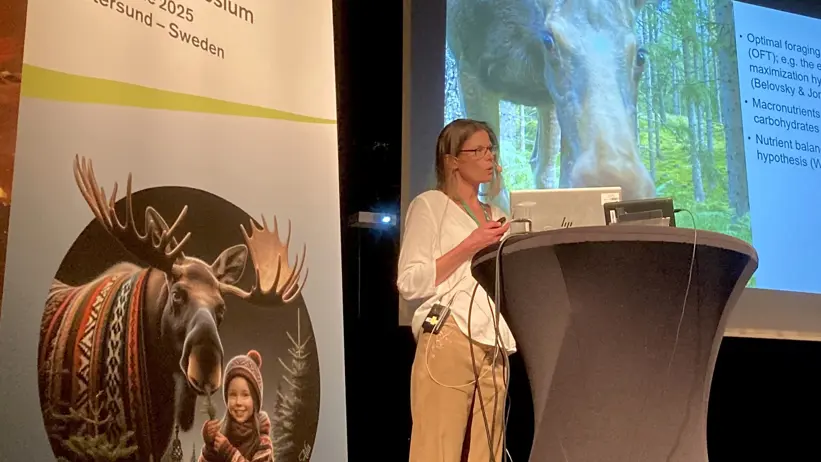
Moose in Decline in Europe Despite Iconic Status
The iconic status of the moose offers no guarantee or prosperity. While the population of greatest ungulate around the globe is stable in North America the moose population is decreasing in Europe.
A new survey presented at the 9th International Moose Symposium, held in Sweden this time, shows that the moose populations vary a lot between different states and jurisdictions.
The survey questionnaire collected information from 10 of 12 Canadian provinces, 24 states, tribal or federal lands from the United States, and 9 European countries.
Hunting pressure
The survey indicated that moose populations are stable or increasing in the majority of Canadian and American jurisdictions but decreasing in the majority of European jurisdictions. In Scandinavia, there it has been a deliberate reduction of the population, in order to reduce damages caused by browsing.
“But recently the hunter pressure has eased considerably, and the moose population is increasing again”, says Christer Kalén of the Swedish National Forest Agency.
Hunting is permitted in most (77 %) surveyed jurisdictions but the harvest vary from as low as two animals in Nervada, USA, to as high as 56 000 in Sweden (2024).
The large predators wolf and bear is a threat to moose in almost every state (85 %).
Moose is also increasingly suffering from diseases. In North America there is a concern with winter tick and brainworm/tissue worm. Another threat is CWD, a dangerous prion disease.
Gathers the "moosers"
Since 1973, the International Moose Symposium has brought together researchers and practitioners across the northern hemisphere, fondly known as “moosers” to discuss and present the latest research and news.
This year, the symposium returned to Sweden for the second time, hosted in Östersund, a region where roughly 40,000 moose inhabit the surrounding forests.
During a field trip, one lucky bus of attendees spotted a wild cow with calves. The over 180 participants from 11 countries also visited a moose park, where they had the chance to see—and even touch—these majestic animals up close.
“We see moose as an icon. The moose has a great significance both both biologically and culturally”, says Margareta Steen from the Swedish University of Agricultural Sciences.

Contact
-
PersonMargareta Steen, Associate professorDepartment of Wildlife, Fish and Environmental Studies